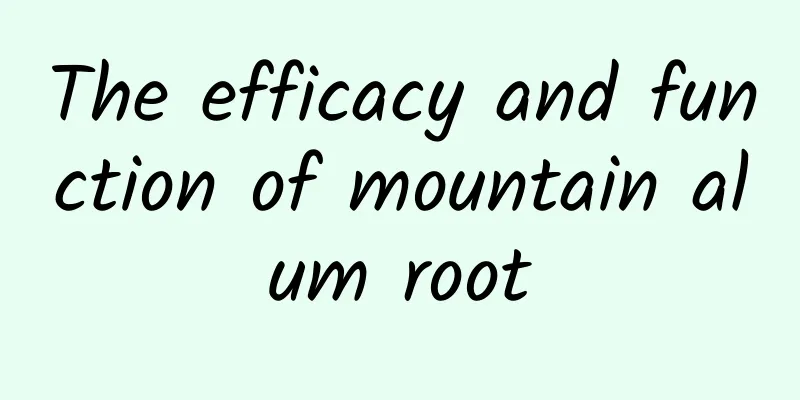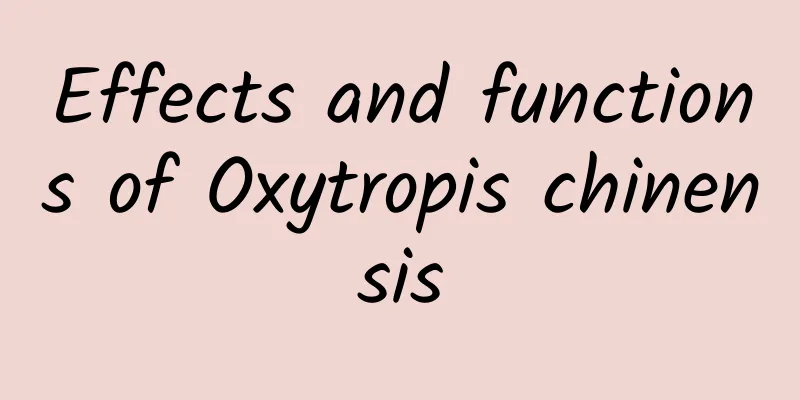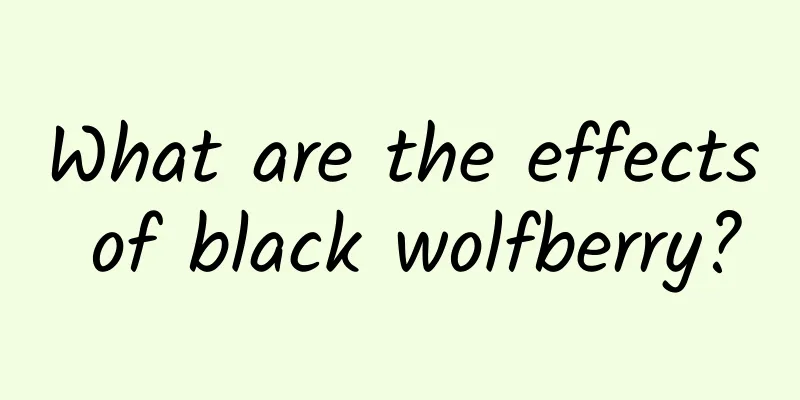What are the differences between processed Polygonum multiflorum and Polygonum multiflorum?

|
In fact, many people have doubts about the two health care tonic products, processed Polygonum multiflorum and Polygonum multiflorum, because we all find that if we cannot scientifically recognize and understand the use of these health care medicines, we will not be able to better use them for health services and solve some adverse problems in the body. So now let us take a closer look at the differences between processed Polygonum multiflorum and Polygonum multiflorum. The difference between Polygonum multiflorum and processed Polygonum multiflorum Polygonum multiflorum, also known as Polygonum multiflorum, Purple Polygonum multiflorum, and Polygonum multiflorum. It is a perennial twining vine of the genus Polygonum of the Polygonaceae family. The tubers are thick, oblong, and dark brown. It grows in thickets in valleys, under forests on hillsides, and in rock crevices along ditches. It is produced in southern Shaanxi, southern Gansu, East China, Central China, South China, Sichuan, Yunnan and Guizhou. Its root tubers can be used as medicine to calm the mind, nourish blood, activate meridians, detoxify and eliminate carbuncle; it is a common and precious Chinese medicinal material. Polygonum multiflorum tastes bitter, sweet, astringent, and has a warm nature. There are two types of Polygonum multiflorum: raw Polygonum multiflorum and processed Polygonum multiflorum. Processed Polygonum multiflorum is made by cooking raw Polygonum multiflorum with black beans and then drying it. It is a good medicine for nourishing the liver and kidneys, improving the essence and blood, and nourishing the heart and calming the mind. It is mainly used to treat symptoms such as soreness of waist and knees, dizziness, palpitations, insomnia, and premature graying of hair caused by liver and kidney deficiency and loss of essence and blood. The hair-blackening function of Polygonum multiflorum is achieved by nourishing the kidney, improving essence, nourishing blood and calming the mind. Functional differences: Polygonum multiflorum has the effects of stopping malaria, detoxifying, moistening the intestines and promoting bowel movements. It is used for chronic malaria due to physical weakness, dry intestines and constipation, as well as carbuncles and scrofula? It also has the effect of dispelling wind and relieving itching. It can be used for wind caused by blood dryness, skin itching, rashes, etc. It is effective when decocted into a decoction for external washing. Prepared Polygonum multiflorum has the functions of replenishing essence and blood, nourishing the liver and calming the mind, strengthening the tendons and bones, and consolidating the kidneys and blackening the beard. It is used for symptoms such as dizziness, palpitations, insomnia, forgetfulness, chlorosis and fatigue caused by blood deficiency, and vertigo, tinnitus, soreness of the waist and knees, spermatorrhea, metrorrhagia, and premature graying of hair caused by deficiency of essence and blood in the liver and kidneys. Therefore, many anti-aging and hair-blackening prescriptions use processed Polygonum multiflorum as the main ingredient. I believe that after understanding the above content, everyone should now know at least the difference between processed Polygonum multiflorum and Polygonum multiflorum. Well, paying attention to the knowledge and understanding of these common sense is actually to better ensure our physical health and regulate our bodies, so I hope everyone can have a scientific understanding of these medicines in daily life. |
<<: What are the benefits of Pueraria lobata?
>>: What are the traditional Chinese medicines that can replenish qi and activate blood circulation?
Recommend
World Book Day丨You look so beautiful when you read!
Reading enriches our souls. Let us have more cour...
Understand at a glance: The correct way to use express delivery and takeout during the epidemic!
Recently, with the spread of the epidemic and the...
The best way to fight aging is not retinol, but...
Compiled by: Gong Zixin Retinol Can be called the...
What are the medicinal values of light bamboo leaves
We have many precious medicinal plants, which hav...
What is the medicinal value of Xanthoceras sorbifolia
Xanthoceras sorbifolia is a plant, but compared w...
Meituan Financial Report: In Q1 2024, Meituan's revenue was 73.3 billion yuan, a year-on-year increase of 25%.
Meituan released its first quarter performance re...
The efficacy and function of blackhead grass
The traditional Chinese medicine Herba Glechomae ...
What are the effects of Baji oral liquid?
Morinda officinalis is a traditional Chinese medi...
What is the medicinal value of Zhiliao Monkey?
Cicada monkey is a kind of insect. Its name is di...
The efficacy and function of beef ribs
Beef ribs are very nutritious and precious medici...
I heard you started growing vegetables? Here are some vegetables I recommend...
What are you doing at home during this lockdown? ...
Is senna effective for bowel cleansing?
Many people always have dry stools or constipatio...
Toxicity of Morinda officinalis
Morinda officinalis is a Chinese herbal medicine,...
Can gout patients eat tofu?
When I eat out, I often hear people at the same t...
What are the effects and functions of tortoise shell glue and how to eat it?
Turtle shell is the plastron and carapace of the ...









